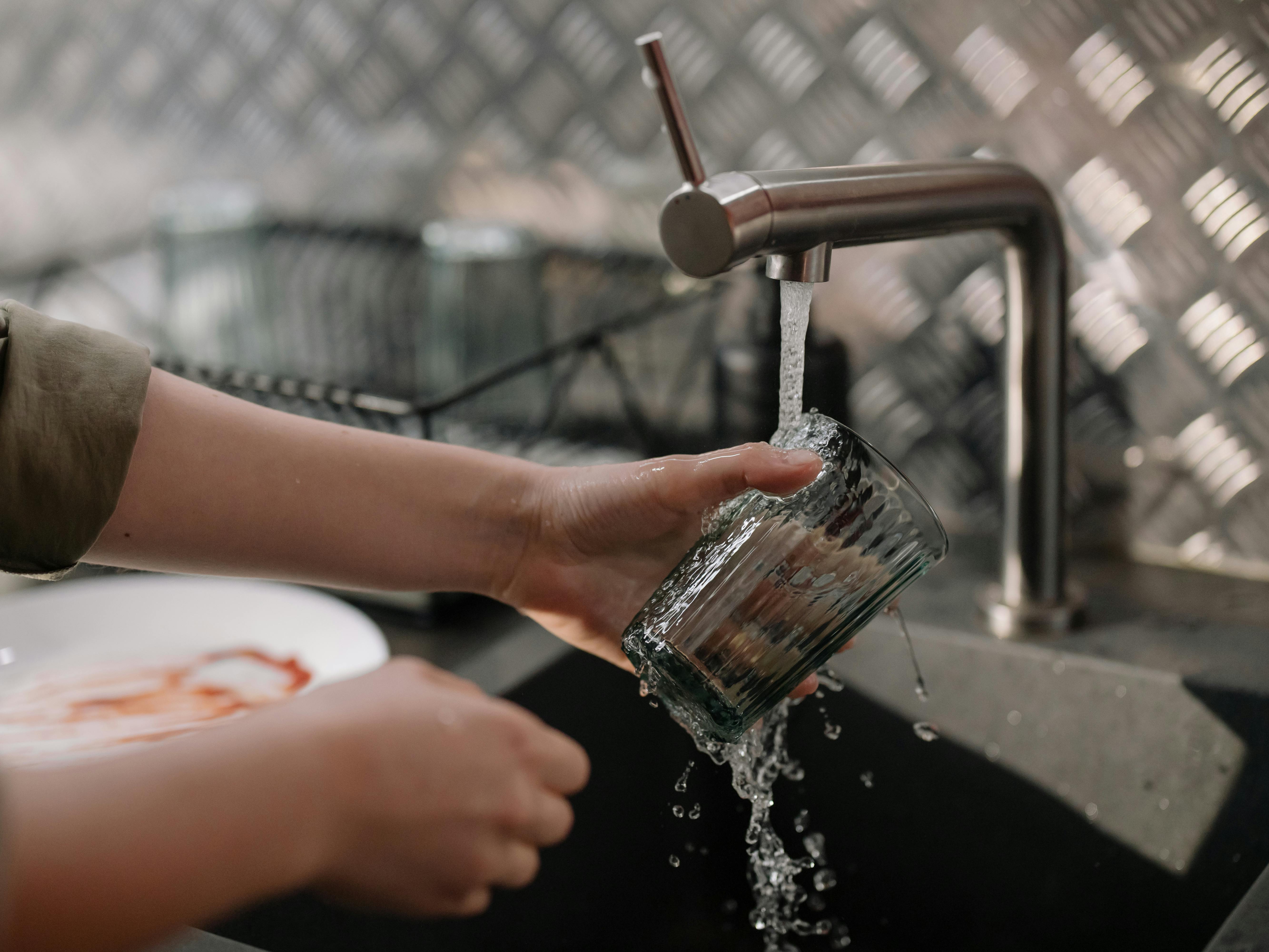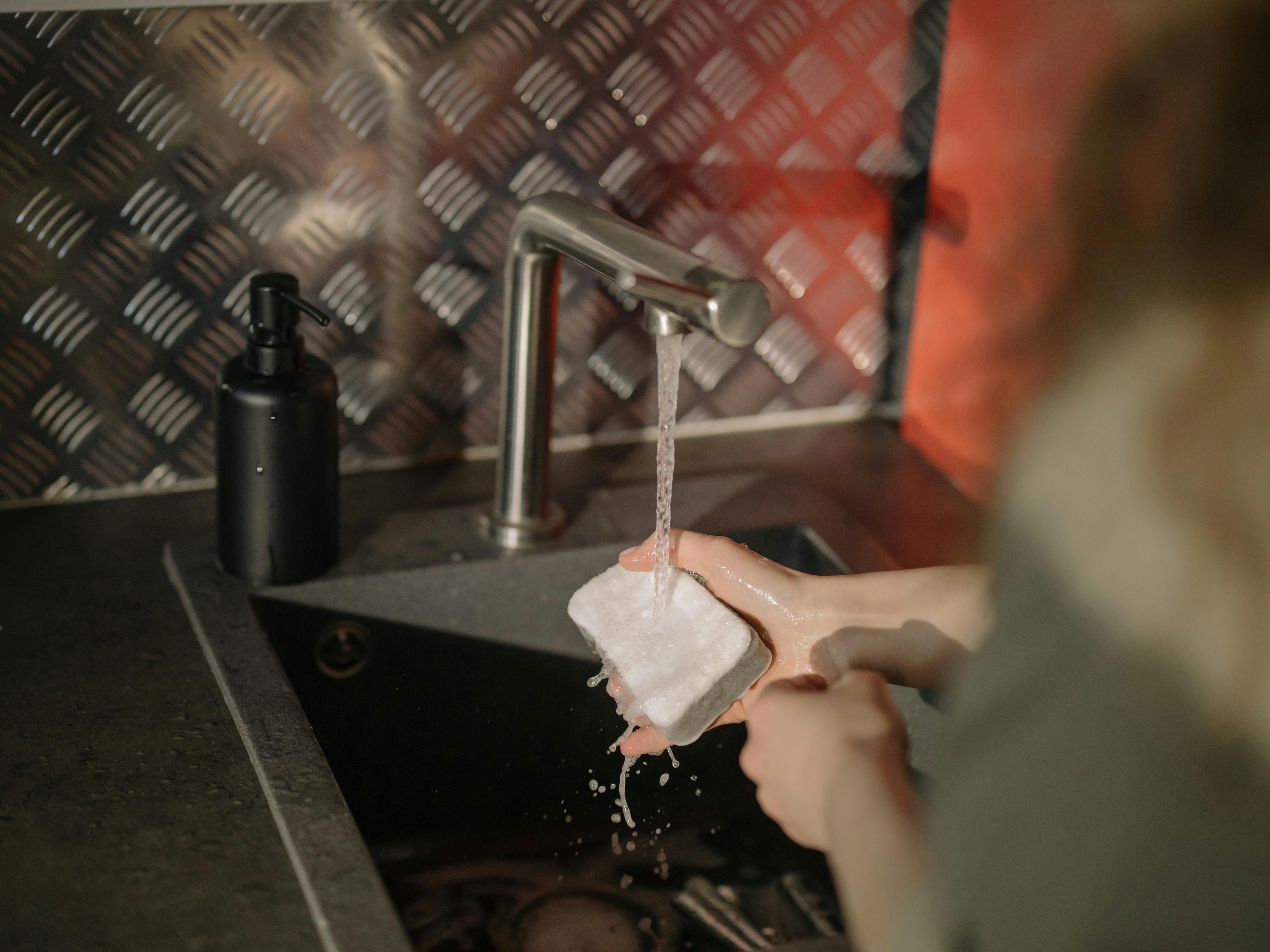If you have recently noticed that your water heater will not stay lit, then you are likely feeling frustrated and unsure of how to fix the problem. Fortunately, there are several common causes for this issue and most of them can be easily remedied. In this article, we will discuss why your water heater won’t stay lit and the best ways to troubleshoot and resolve the issue.Common reasons why water heaters won’t stay lit can include a faulty thermocouple, a blocked flue, or inadequate gas supply. The thermocouple is a safety device that shuts off the gas supply if the pilot light goes out. If the thermocouple is faulty, it may not be able to detect that the pilot light is lit and will shut off the gas supply. A blocked flue can also prevent proper ventilation of combustion gases and won’t allow the pilot light to stay lit. Lastly, an inadequate gas supply can also cause the pilot light to go out, as there may not be enough fuel to keep it burning.
Check the Power Source
If your water heater won’t light, the first thing you should do is check the power source. Make sure that the power switch is turned on and that the circuit breaker hasn’t tripped. If it has, simply reset it and see if that solves the problem. If not, you may need to check the wiring to make sure everything is connected properly and there are no loose wires or damaged connections.
Check for Gas Flow
If your water heater uses gas, it’s important to make sure there is a steady flow of gas to the unit. Check all of the valves and connections leading into your water heater to make sure they are open and functioning properly. If you find any blockages or clogs, clear them out as these could be preventing a steady flow of gas from reaching your unit.
Clean Out Your Burner Assembly
When was the last time you cleaned out your burner assembly? A dirty burner assembly can prevent proper ignition in your water heater, so it’s important to keep this area clean. Remove any debris or dust buildup from around the burner and then use a vacuum cleaner to clear out any dust or debris from inside of the burner assembly itself.
Replace Your Pilot Light Assembly
If all else fails, it may be time to replace your pilot light assembly. This can be done fairly easily if you have some basic tools on hand. First disconnect any power sources from your water heater, such as a power cord or gas line. Then remove any screws or bolts holding your pilot light assembly in place and carefully lift off the old one. Finally install a new pilot light assembly following all safety instructions provided by its manufacturer.
By following these simple troubleshooting tips, you should be able to get your water heater lit in no time!
What to Do When the Pilot Light Won’t Stay Lit
If your pilot light won’t stay lit, it is important to troubleshoot the issue before calling a professional. A few common issues can cause a pilot light not to stay lit, and they can be fixed relatively easily. The first step is to identify the source of the problem.
One possible cause of a pilot light not staying lit is a faulty thermocouple. The thermocouple is a safety device that measures the heat of the pilot light and signals to the gas valve when it’s safe to release gas into the burner. If it isn’t working properly, it may not sense that the pilot light is lit and will shut off the gas supply before allowing ignition. Replacing or cleaning your thermocouple should fix this issue.
Another potential cause could be a clogged burner orifice. This small hole allows gas to pass into the burner assembly and if it’s blocked, gas will not pass through and your appliance won’t start. You can clean out your burner using a stiff wire brush and compressed air, or use an appliance brush specifically designed for this purpose.
Lastly, if you have an older appliance without an electronic ignition system, you may need to adjust your pilot flame height setting. If it’s set too low, it might go out from lack of fuel; if it’s set too high, it could be causing too much heat on the thermocouple, causing it to shut off prematurely. To adjust this setting you’ll need to refer to your user manual or contact a professional for help.
Fixing these issues should solve most problems with pilot lights that won’t stay lit, but if these solutions don’t work for you then you may need to call in a professional for further diagnosis and repair.
How to Relight a Gas Water Heater’s Pilot Light
The pilot light on a gas water heater is an important safety feature. It helps ensure proper airflow and heat for the heater to work correctly. But, if the pilot light goes out, it can cause the heater to malfunction or shut down completely. Luckily, relighting a gas water heater’s pilot light is a fairly simple process that doesn’t require any special equipment or tools. Here’s how to do it:
1. Locate the gas shut-off valve on your water heater and turn it off. This will stop any gas from entering the system and prevent an explosion or fire.
2. Find the pilot light assembly on your water heater. This is usually located near the bottom of the unit and has a small knob or lever that can be used to turn off the gas supply.
3. Turn off all power to the water heater, including electricity and any other source of power such as solar energy or wind turbines.
4. Locate the thermocouple on your water heater. This is usually located near the pilot light assembly and looks like a small metal tube with wires coming out of it.
5. Using a long match or lighter, ignite the pilot light located at the end of the thermocouple.
6. Turn on all power sources back to your water heater and turn on the gas supply at its shut-off valve.
7. Check for proper operation by turning on hot water in a sink or bathtub for about five minutes. If everything is working correctly, you should have hot water in no time!
How to Tell if the Thermocouple is Working Properly
Thermocouples are widely used in many industries, from food processing to laboratories. Knowing how to tell if a thermocouple is working properly is an important skill for anyone working with these devices. Fortunately, there are some simple tests that can be done to check their functionality.
The first step in determining if the thermocouple is working properly is to make sure it is properly installed. The thermocouple should be connected directly to the measuring device, with no other components or wires between them. If there are any extra components in the circuit, they should be removed and then re-tested.
Once the thermocouple has been installed correctly, a voltage measurement can be taken across its terminals. This will provide an indication of whether the thermocouple is functioning correctly or not. Most thermocouples operate within a certain range of voltages, so if the voltage reading falls outside of this range then it may indicate that there is a problem with the device.
Another way to check a thermocouple’s functionality is to measure its temperature response time. This can be done by connecting it to a temperature monitoring device and then adjusting the temperature until it reaches a certain point and then measuring how long it takes for the reading on the device to change. If it takes too long for the reading on the device to change, then this can indicate that there may be an issue with either the wiring or connections of the thermocouple itself.
Finally, one other test that can be done on a thermocouple is to measure its self-heating properties. This test requires connecting two different pieces of metal together and then measuring how quickly they heat up when exposed to heat sources such as flames or hot air blowers. If one piece of metal heats up faster than other then this may indicate that there could be an issue with either its insulation or wiring connections.

How to Replace a Thermocouple on a Gas Water Heater
Replacing a thermocouple on a gas water heater is an important part of maintaining your heater and keeping it running efficiently. A thermocouple is a safety device that shuts off the gas supply if the pilot light goes out. If your thermocouple is not working correctly, it can cause your water heater to malfunction or even shut off completely. Fortunately, replacing the thermocouple is fairly simple and only takes about 15 minutes to complete.
The first step in replacing the thermocouple is to turn off the gas supply to the water heater. This can usually be done by turning off the knob located near the bottom of the unit. Once you have done this, remove any panels or covers that may be obstructing access to the thermocouple and pilot light assembly.
Next, use a pair of needle-nose pliers or an adjustable wrench to loosen and remove the nut that holds the thermocouple in place. With the nut removed, you should be able to easily pull out both components from their housing. Carefully inspect both pieces for any signs of damage or corrosion before discarding them.
Now you are ready to install your new thermocouple and pilot light assembly. Insert both components into their respective housings, making sure they are properly aligned with one another, then use your pliers or wrench to secure them in place with the nut you removed earlier. Once everything is tightened up, turn on your gas supply and test out your newly installed parts by lighting up your pilot light and making sure it stays lit for at least 30 seconds before turning it back off again.
With these steps completed, you should now have a fully functioning gas water heater with a brand new thermocouple installed! Make sure that you keep an eye on your pilot light from time to time just in case something goes wrong, as this is often an indication that something needs adjusting or replacing in order for your water heater to continue running safely and efficiently.
Ventilation Issues That Could Be Keeping Your Water Heater from Staying Lit
Poor ventilation is one of the most common issues that can cause a water heater to go out. If your water heater isn’t receiving enough air, it can lead to a buildup of dangerous byproducts like carbon monoxide. To prevent this from happening, you need to make sure that your water heater is properly ventilated. This means ensuring that the vent pipes are clear and free of blockages, and that the air intake is not obstructed in any way. If you have an older water heater, it may also be beneficial to install new or additional exhaust fans or vents to ensure proper airflow.
Another issue that can cause your water heater to go out is inadequate combustion air supply. This means that there isn’t enough air being supplied to the burner for it to stay lit. To ensure this isn’t happening, make sure there is no excess dust or debris in or around the burner area. Additionally, check for any drafts coming from windows or doors near the unit as these could be preventing sufficient airflow. Finally, if you have a gas-powered water heater, make sure that the pilot light isn’t blocked in any way and that it’s receiving adequate fuel for combustion.
Causes of Sudden Pilot Light Shut-Offs
Pilot lights, which are small flames used to light up gas appliances like water heaters, furnaces, and stovetops, can shut off suddenly for a variety of reasons. Here are some common causes of sudden pilot light shut-offs:
Poor ventilation: If your pilot light has poor ventilation, it can cause the flame to go out. This is because the flame needs a steady supply of oxygen to stay lit. Poor ventilation can be caused by build-up of debris near the pilot light or from air ducts that are blocked or too small.
Dirty burner: If the burner is dirty or clogged with residue, it can prevent the flame from burning properly and cause it to go out. To keep your burner clean, you should clean it regularly with a brush and vacuum cleaner to remove any dirt or buildup.
Malfunctioning thermocouple: The thermocouple is an important part of a gas appliance that senses when the pilot light has gone out and shuts off the gas supply to prevent a fire or explosion. If the thermocouple is malfunctioning, it may shut off the pilot light prematurely. You may need to replace the thermocouple if this is happening.
Gas leak: A gas leak can cause your pilot light to shut off suddenly if there isn’t enough fuel for it to stay lit. If you smell gas in your home, you should immediately turn off your gas supply at the main valve and call a qualified technician to assess and repair any leaks that may be present.

Conclusion
In conclusion, if your water heater won’t stay lit, it could be due to a variety of factors. It is important to identify and address the underlying cause of the problem in order to prevent further damage and ensure that your water heater is functioning properly. Common causes of this issue include a faulty thermocouple, a defective gas valve, or clogged air inlet filters. If you are unable to resolve the issue on your own, it is best to contact a professional plumber or HVAC technician for assistance.
Ultimately, addressing why your water heater won’t stay lit requires careful analysis and troubleshooting. If you are able to pinpoint the cause of the issue, it can be quickly resolved and your water heater will once again be running optimally.

